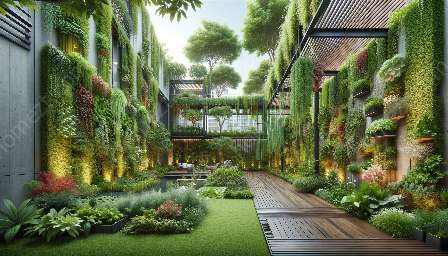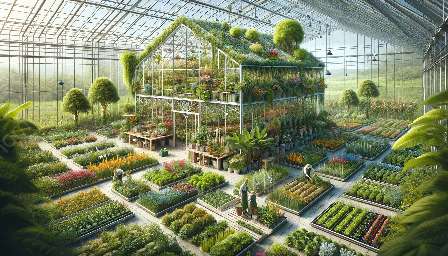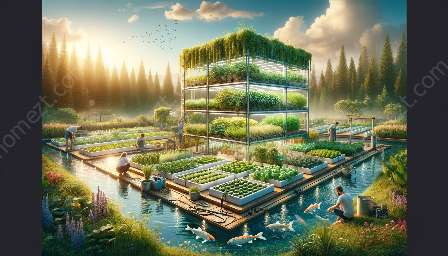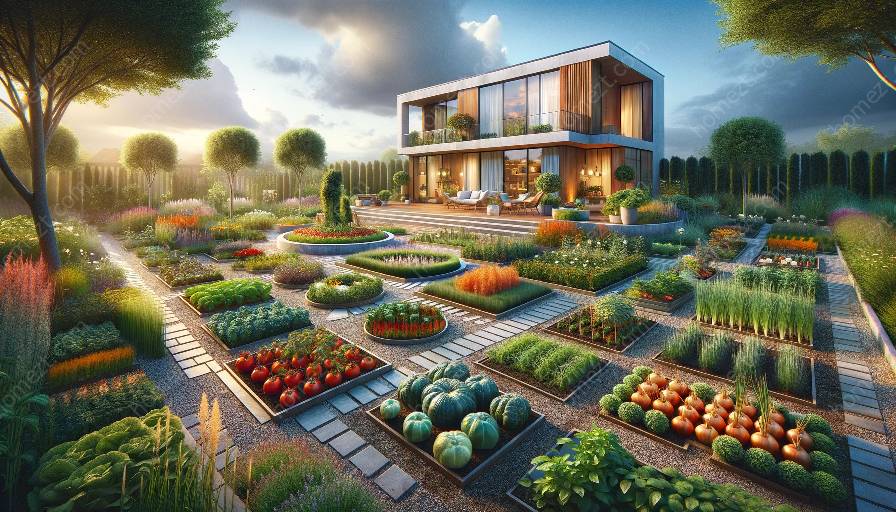Pests can be a nuisance in yard and patio spaces, but using natural pest control methods can help protect your outdoor area without harming the environment. In this guide, we'll explore various eco-friendly solutions for managing pests and maintaining a healthy and vibrant yard and patio.
Natural Pest Control Methods
Implementing natural pest control measures can help keep unwanted insects and animals at bay while maintaining a harmonious ecosystem within your yard and patio. Here are some effective methods:
1. Biological Pest Control
Introducing natural predators, such as ladybugs or praying mantises, can help control pest populations by preying on harmful insects like aphids or caterpillars. Encouraging a diverse range of beneficial insects in your yard and patio can create a balanced and self-regulating ecosystem.
2. Companion Planting
Strategically planting beneficial companion plants alongside vegetables, herbs, or flowers can deter pests and attract beneficial insects. For example, planting marigolds can repel nematodes, while attracting pollinators like bees. Similarly, planting garlic can deter aphids and other destructive pests.
3. Natural Repellents
Utilize natural repellents such as neem oil, diatomaceous earth, or organic insecticidal soaps to control pest infestations. These products are non-toxic and safe for the environment, providing an effective barrier against pests without harmful chemical residues.
Integrated Pest Management (IPM)
Integrated Pest Management combines natural pest control methods with proactive measures to maintain a balanced and resilient outdoor environment. By implementing IPM strategies, you can effectively manage pests while minimizing environmental impact. Here are the key components of IPM:
1. Pest Identification
Identify specific pests and their impact on yard and patio plants. Understanding the behavior and life cycle of pests is crucial for implementing targeted control methods.
2. Cultural Control
Adopting cultural practices such as proper plant spacing, soil management, and crop rotation can create an environment that is less hospitable to pests, reducing the need for chemical interventions.
3. Mechanical Control
Using physical barriers, traps, or handpicking pests can be an effective way to manage infestations without resorting to chemical solutions.
4. Monitoring and Prevention
Regularly monitor the yard and patio for signs of pest activity, and take preventive measures to minimize the risk of infestations. This may include maintaining proper sanitation, removing pest habitats, and encouraging natural predators.
Eco-friendly Pest Management for Yard & Patio
Implementing natural pest control measures not only protects your yard and patio but also contributes to a healthier and sustainable environment. Here are some additional tips for eco-friendly pest management:
1. Sustainable Landscaping
Designing a landscape that prioritizes native plants and biodiversity can create a natural balance that reduces the need for pest control interventions. Native plants are better adapted to local conditions and can support diverse wildlife, including beneficial predators.
2. Water Management
Avoid overwatering, as excessive moisture can create favorable conditions for pests such as fungi, snails, and slugs. Proper water management and drainage can help maintain a healthy yard and patio ecosystem.
3. Organic Fertilization
Using organic fertilizers and compost can improve soil health and plant resilience, reducing the susceptibility to pest damage. Healthy plants are better equipped to resist pests and diseases naturally.
4. Education and Community Engagement
Sharing knowledge and experiences about natural pest control with neighbors and local communities can promote eco-friendly practices and create a network of support for sustainable pest management in outdoor spaces.
By incorporating natural pest control methods and adopting an integrated approach to pest management, you can maintain a beautiful and thriving yard and patio while preserving the natural balance of the environment. Embracing eco-friendly solutions not only protects against pests but also enhances the overall beauty and sustainability of outdoor spaces.
















































